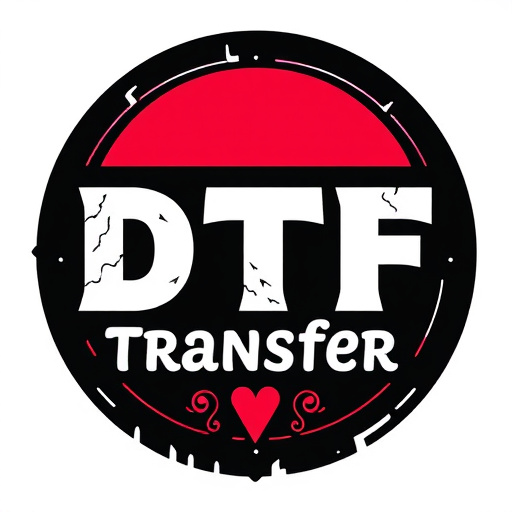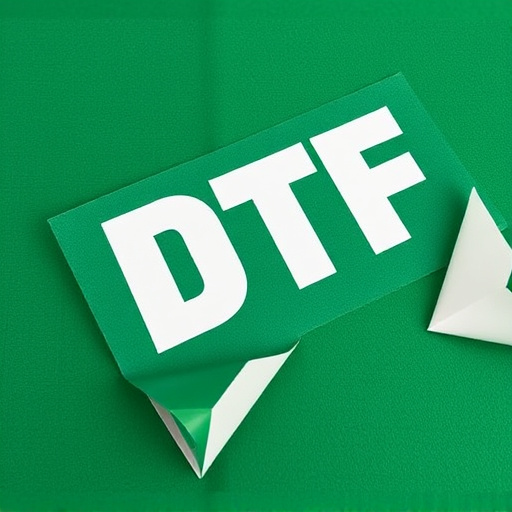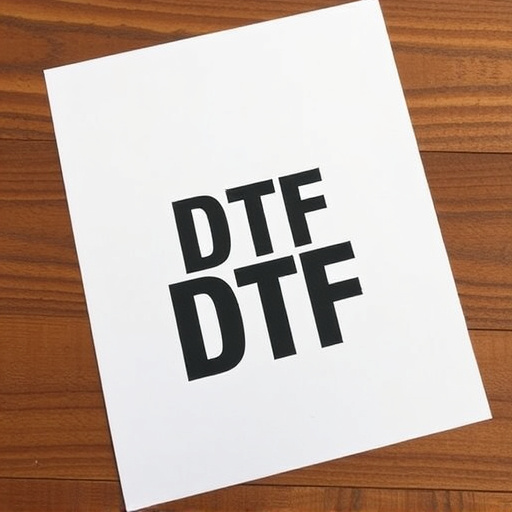Direct-to-Film (DTF) transfer printing is a revolutionary process enabling precise, vibrant designs on diverse surfaces. Key materials include specialized transfer film, UV/heat printers, and tailored inks. Design preparation involves digitizing artwork with optimal resolution and file format compatibility for high-quality prints. The process begins by printing onto film using inkjet technology, followed by curing to set the ink. Post-printing care ensures longevity. DTF has transformed design transfer, offering versatility, quick turnaround times, excellent color accuracy, and vibrancy across industries, especially in apparel and textiles.
“Unleash your creativity with the captivating world of DTF (Direct-to-Film) transfer printing! This innovative process allows you to transform digital designs into vibrant, durable prints on various materials. In this comprehensive guide, we’ll take you through the entire DTF printing journey. From understanding the fundamentals of DTF transfer to mastering the step-by-step printing process, you’ll discover the secrets behind creating stunning DTF prints. Explore applications ranging from fashion and textiles to signage, as DTF’s versatility revolutionizes design possibilities.”
- Understanding DTF Transfer: A Brief Overview
- Materials Required for DTF Printing Process
- Preparing Your Design for DTF Transfer
- The Step-by-Step Guide to DTF Printing
- Post-Printing Care and Considerations
- Applications and Benefits of DTF Prints
Understanding DTF Transfer: A Brief Overview
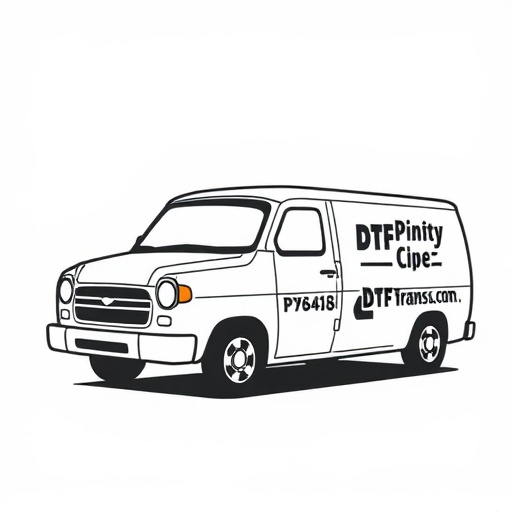
The Direct-to-Film (DTF) transfer process is a cutting-edge technique revolutionizing the way designs are printed and applied to various surfaces. This method involves printing directly onto a special film, which then acts as a carrier for the design. Once the DTF print is complete, it’s carefully transferred onto the desired substrate, offering an efficient and precise way to achieve high-quality results.
DTF Printing has gained popularity due to its versatility and ability to produce vibrant, long-lasting prints on a diverse range of materials, from textiles to wood and metal. It eliminates the need for traditional screen printing methods, making it an attractive option for businesses and individuals seeking fast, cost-effective solutions for custom design applications.
Materials Required for DTF Printing Process
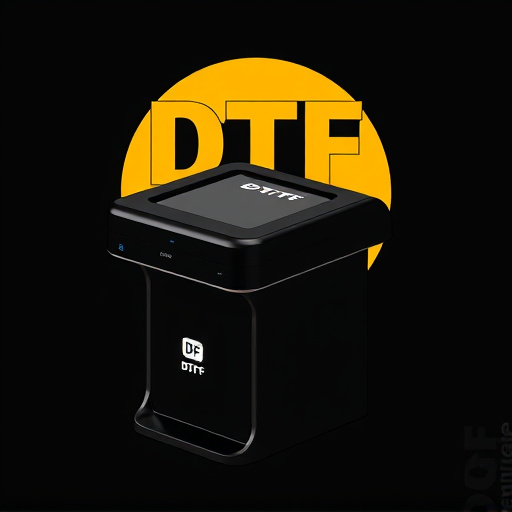
To embark on the process of DTF (Direct-to-Film) printing, several key materials are essential. The primary component is a high-quality, specialized transfer film designed specifically for DTF applications. This film serves as the canvas for your design, allowing for precise and detailed prints. Along with the film, you’ll need a reliable DTF printer that utilizes UV or heat technology to cure the ink and permanently bond it to various materials like fabric, wood, or plastic.
Complementing these core components are inks tailored for DTF transfers, ensuring optimal adhesion and vibrant, long-lasting DTF prints. A variety of colors and finishes are available, catering to different design requirements. Additionally, a smooth surface preparation of the substrate is crucial; this involves cleaning and conditioning the material to guarantee a clean transfer without bubbles or imperfections.
Preparing Your Design for DTF Transfer

Preparing your design for a Direct to Film (DTF) transfer is a crucial step in achieving high-quality prints. The process begins with digitizing your artwork, ensuring it meets the required specifications for DTF printing. This includes checking resolution, color profiles, and file format compatibility. You’ll want to use vector graphics or high-resolution raster images to guarantee crisp details in your final film print.
Once your design is ready, it’s time to set up the layout. Position your design precisely on the film, considering factors like repeatability if you plan to create multiple prints from a single film. Accurate placement ensures that every DTF print will have the same captivating visuals.
The Step-by-Step Guide to DTF Printing

Printing designs on special film for transfers, also known as Direct to Film (DTF) transfer, is a precise process that involves several critical steps to achieve high-quality results. It begins with preparing the design file, ensuring it’s in the correct format and resolution for printing. This digital file serves as the blueprint for your DTF prints.
Once the design is ready, it’s time to set up your DTF printer. This includes loading the special transfer film into the machine, calibrating the settings based on your design’s requirements, and ensuring the print head is properly aligned. After preparation, the design is printed directly onto the film using precise inkjet technology. The film then goes through a curing process to fix the ink, making it ready for application to various materials like clothing or fabrics.
Post-Printing Care and Considerations

After the intricate process of DTF (Direct to Film) printing is complete, proper post-printing care becomes paramount to ensure the longevity and quality of your DTF transfers. The first step involves allowing the prints to cool down naturally after removal from the printer; a rush to handle them can lead to warping or smudging. Once cooled, it’s crucial to store these special films in a clean, dry, and cool environment, away from direct sunlight and heat sources, as these conditions can cause fading or degradation.
Additionally, consider using protective sleeves or covers for each DTF print to prevent any dust or physical damage during storage or transportation. Proper care ensures that the vibrant colors and intricate details of your DTF prints remain intact for years to come, ready to be transferred onto various surfaces for a lasting impact.
Applications and Benefits of DTF Prints
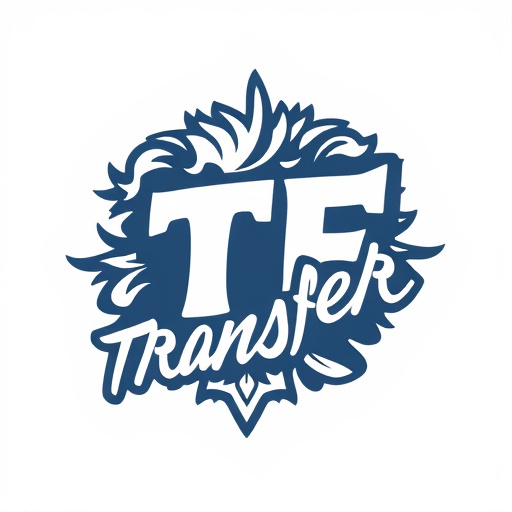
DTF (Direct to Film) prints have revolutionized the way designs are transferred onto various materials, especially in the field of apparel and textiles. This cutting-edge technology offers a range of applications and benefits, making it a popular choice for businesses and designers alike. With DTF transfers, intricate patterns and detailed graphics can be precisely printed directly onto special film, which then serves as a template for transferring the design to fabric or other surfaces.
One of the key advantages of DTF prints is their versatility. They enable the creation of high-quality, long-lasting designs that can be applied to a wide array of products, from clothing and accessories to home decor items. The process streamlines production, allowing for quick turnaround times and efficient mass customization. Additionally, DTF transfers provide excellent color accuracy and vibrancy, ensuring that the printed design retains its impact and appeals to consumers. This technology has truly elevated the standards of printing and design in various industries.








